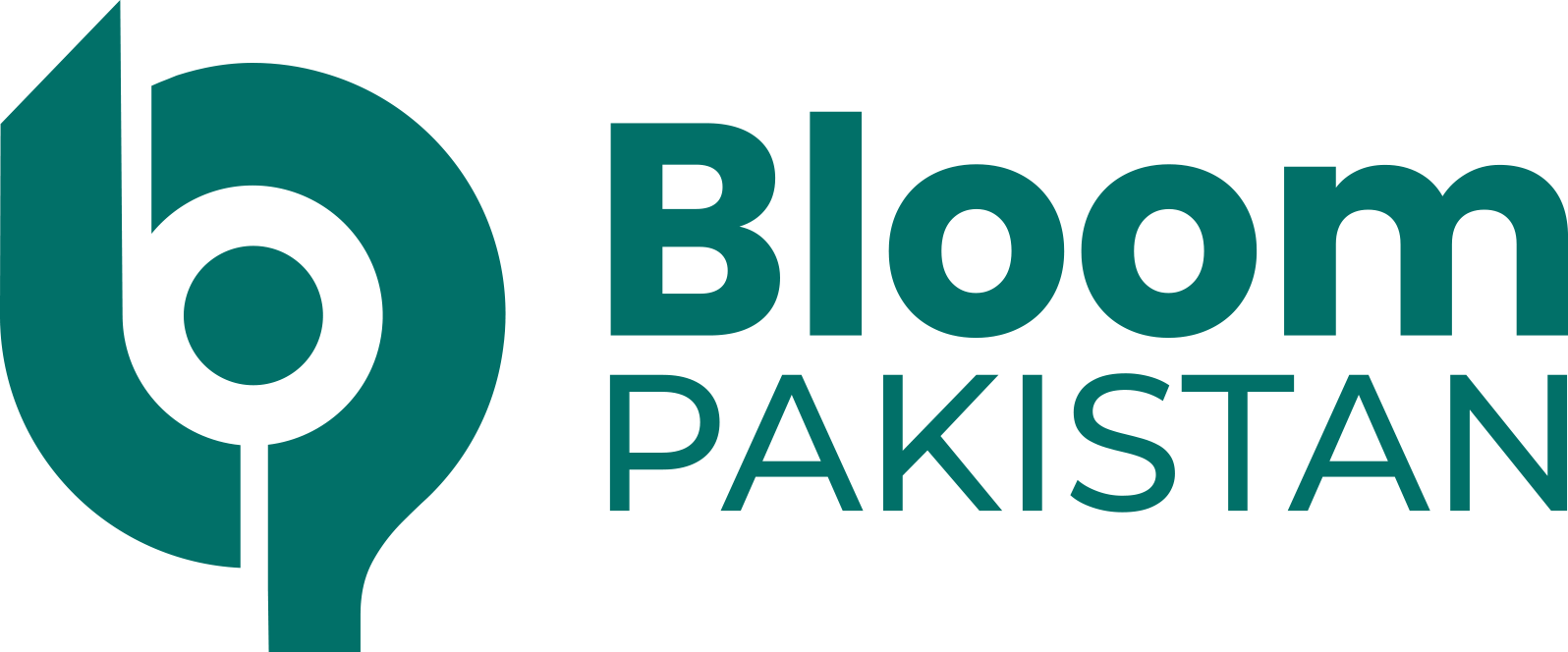Islamabad, Sep 25: The Pakistan Telecommunication Authority (PTA) has introduced a new Framework for Wireless Local Area Network (WLAN) 2024, aimed at enhancing digital connectivity. However, concerns regarding interference risks could hinder its effectiveness, particularly in urban settings.
Key Objectives and Benefits
The framework seeks to democratize access to spectrum in unlicensed bands such as 2.4 GHz, 5 GHz, and 6 GHz, allowing service providers, including smaller companies, to expand wireless connectivity without heavy licensing fees.
Shahzad Arshad, Chairman of the Wireless & Internet Service Providers Association of Pakistan, highlighted that this approach promotes innovation and provides opportunities for growth in the telecom sector.
Challenges and Operational Concerns
Despite its advantages, the framework presents challenges. Its “Non-Interference Basis” policy means that service providers cannot expect protection from interference by other users.
This requirement is particularly burdensome for smaller ISPs in congested urban areas, where interference from dominant primary users could undermine their services. Arshad noted that this situation may diminish the benefits of using unlicensed spectrum bands.
Additionally, the prohibition of Point-to-Point (P2P) and Point-to-Multipoint (P2MP) backhaul links in the 6 GHz band poses further limitations. These links are crucial for extending connectivity to underserved rural regions. Arshad emphasizes the need for PTA to reconsider this restriction to support rural broadband expansion.
Regulatory Approval and Global Comparisons
The PTA’s strict Type Approval requirements for WLAN equipment ensure compliance with technical standards, but they may slow down the deployment of new technologies.
While ensuring quality, Arshad argues that the approval process must be efficient to meet the rising demand for advanced connectivity solutions.
Comparatively, Pakistan’s regulatory framework is similar to Australia’s, where unlicensed short-range devices operate under specific limits, reflecting a structured approach.
However, Australia emphasizes compliance and testing to prevent interference. In the U.S. and Europe, initiatives are underway to expand unlicensed spectrum use, notably in the 6 GHz band, with innovative systems like the Automated Frequency Coordination (AFC) in the U.S. aiming to dynamically manage frequencies to reduce interference.
The PTA’s WLAN framework represents a significant regulatory shift aimed at enhancing connectivity in Pakistan. However, addressing interference risks and optimizing the regulatory approval process will be crucial for ensuring its success and supporting the nation’s digital growth.
Ongoing dialogues between stakeholders, including the PTA and service providers, will be essential in refining these regulations to balance innovation and operational feasibility.









